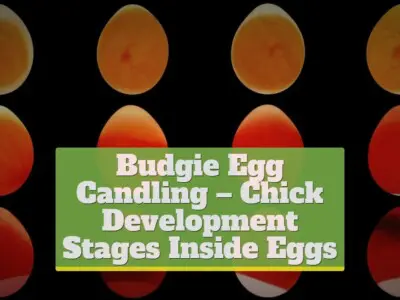The life cycle of a budgie encompasses several stages, starting from the egg stage, followed by the hatchling, nestling, and fledgling stages.
Budgies then transition into the juvenile phase, reach adulthood, and eventually enter their old age.
When we talk about a budgie’s life cycle, it is an intricate process spanning various stages: the egg stage, the hatchling stage, the nestling stage, the fledgling stage, the juvenile stage, the adulthood stage, the old age stage, the geriatric stage, and finally, the end-of-life stage.
Each phase carries its own distinctive characteristics, challenges, and joys, creating a fascinating journey of growth and transformation.
In this guide, I will take you through each stage, painting a vivid picture of the budgie’s progression through life, offering you a glimpse of the marvels of avian life.
Please note, this journey isn’t a straightforward one; every budgie is unique and may exhibit variations in timing and characteristics of these stages.
So, come along, as we embark on this journey, gaining a better understanding of our feathered friends’ lives from my perspective, your guide, and a fellow bird-lover.
Egg Stage
In the magnificent journey of a budgie’s life, everything starts with the egg stage.
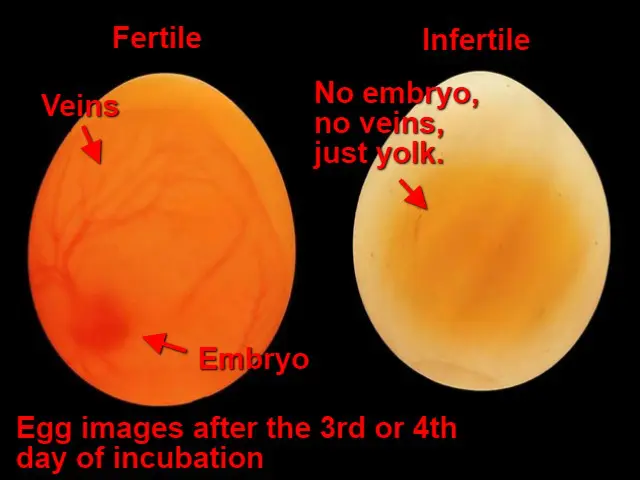
It is during this stage that the budgie embarks on its voyage of life, safely tucked away within a hard shell.
Female budgies lay their eggs in the safe haven of a nest, often laying multiple eggs, spaced out every other day, thus creating a clutch.
Once laid, these eggs embark on an incubation period that lasts approximately 18 to 21 days.
During this critical period, the eggs are kept warm and cared for, primarily by the mother, though male budgies have been known to share this duty.
Incubation is essential for the developing embryo within.
The warmth fosters the growth of the tiny bird inside, taking it one step closer to the world outside.
As a budgie owner, it is vital to ensure the female has a quiet, safe, and warm environment to lay and care for her eggs.
This initial stage sets the tone for the budgie’s entire life, and any undue stress or environmental disturbance can impact the development process.
Hatchling Stage
Post the incubation period, we move to the next stage of life, the hatchling stage.
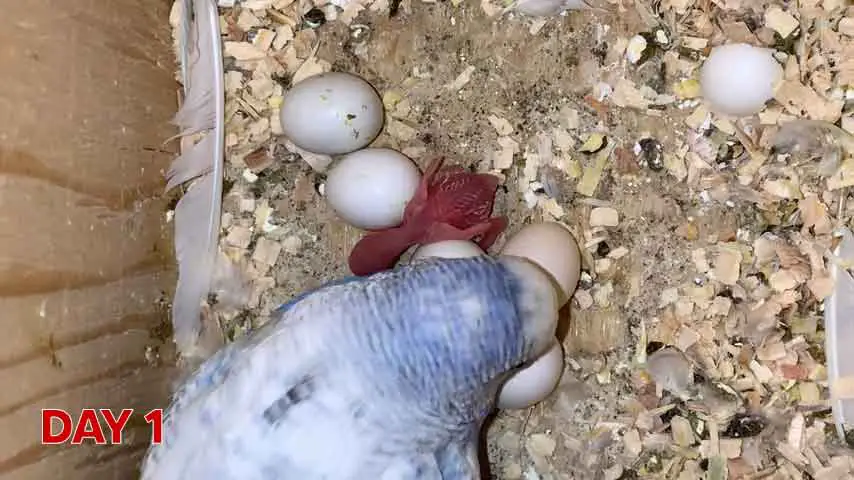
This stage is marked by the hatching of the eggs, a critical and fascinating process.
The tiny, newborn budgies crack open the hard shell of the egg, signaling their entrance into the world.
Upon hatching, these little birds are fragile and vulnerable.
The hatchlings are featherless and blind, relying entirely on their parents for food, warmth, and protection.
The parents, particularly the mother, provide them with crop milk, a nutrient-rich substance they regurgitate.
This rich food source serves as the primary nutrition for the hatchlings in these initial days.
Observing this stage can be both fascinating and heartbreaking, seeing the helpless hatchlings entirely dependent on their parents.
It’s a crucial period where they need constant care and attention to thrive.
Nestling Stage
After the hatchling stage, the young budgies grow and develop further, entering the nestling stage.
At this stage, the birds are no longer just hatching, but have started developing feathers, which cover their previously naked bodies.
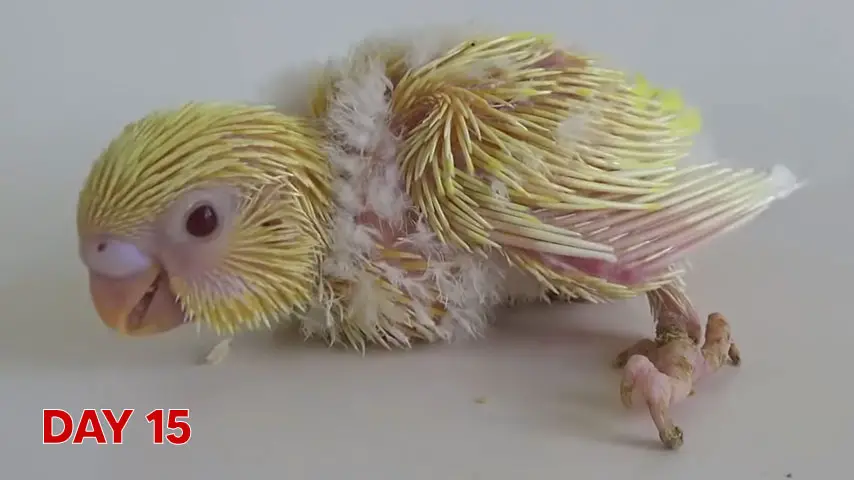
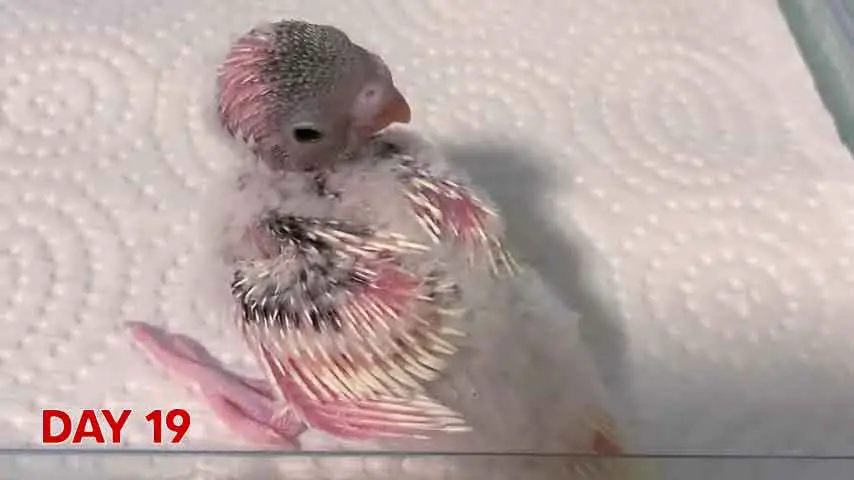
Their eyes, which had been closed since birth, open, offering them their first glimpse of the world.
During the nestling stage, the young birds begin exploring their surroundings, albeit within the confines of the nest.
This newfound curiosity marks an increase in activity level.
Nevertheless, they remain dependent on their parents for food and care.
Witnessing this stage brings an immense sense of joy and anticipation.
It’s the stage when budgies begin to showcase their individual characteristics and behaviors.
The fluffing feathers and the opening of their eyes is a testament to their growing independence, an exciting development for any bird enthusiast to observe.
Fledgling Stage
The fledgling stage follows the nestling stage in a budgie’s life.
This phase is quite a milestone as it marks the time when young budgies spread their wings, metaphorically and literally, and venture out of the nest for the first time.
Their flight feathers have sufficiently grown, allowing them to explore their world from the air.
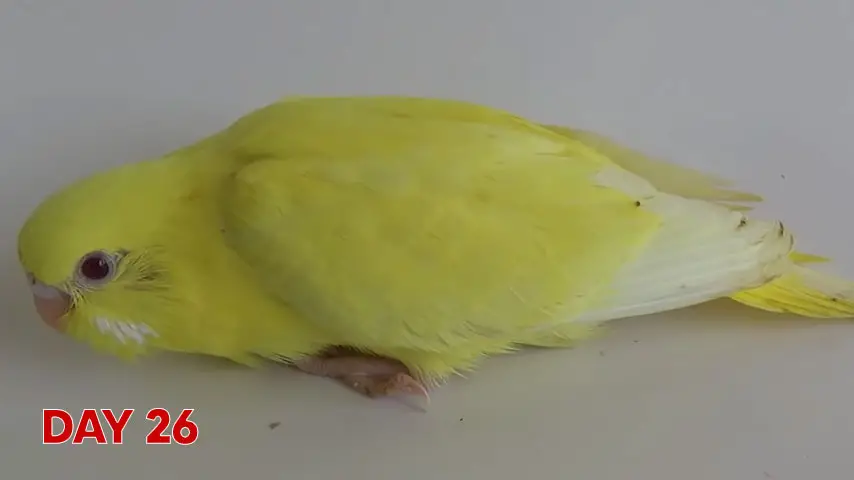
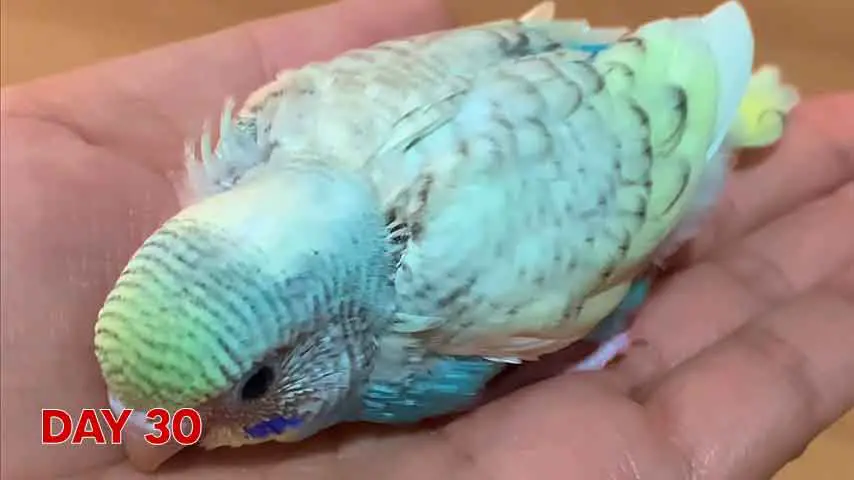
During this phase, fledgling budgies gradually inch towards independence, learning the fundamental skills required for survival.
They learn to perch, to find and eat food on their own, and to navigate their surroundings.
However, fledglings continue to depend on their parents for food and protection to a certain degree.
As an observer or a budgie parent, you’ll witness the thrilling sight of their first flights, characterized by initial hesitations and clumsy attempts.
But with time, these young birds gain confidence and begin to exhibit the graceful and adept flight capabilities that budgies are known for.
Juvenile Stage
After the fledgling stage, budgies enter the juvenile stage.
This phase can be likened to the ‘teenage years’ of a budgie’s life.
During this stage, the budgies are fully feathered and have left the nest, but they still exhibit some immature behaviors.
Their appearance may also slightly differ from that of fully matured adult budgies.
In the juvenile stage, budgies continue to refine their flying skills, develop their vocalizations, and learn social behaviors from adult birds around them.
This stage is characterized by a lot of learning and growth, making it a crucial time in a budgie’s life.
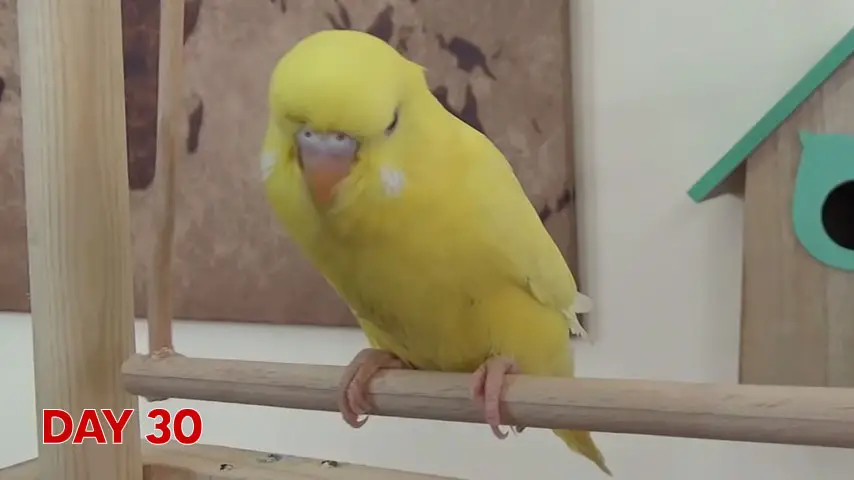
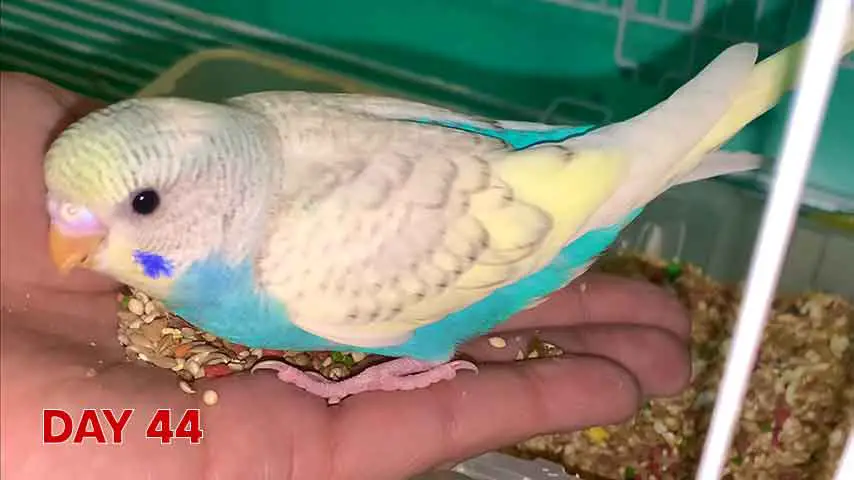
As a bird enthusiast, this stage fascinates me immensely.
The juveniles are very active and curious, making them a joy to watch.
Their quirky behaviors and youthful energy breathe life into their environment, making it a lively, bustling space.
Adulthood
The juvenile stage is followed by adulthood, a significant phase in a budgie’s life.
Budgies reach sexual maturity around six months to one year of age.
The exact timing can vary among individuals, but once they reach this stage, they’re considered adults.
During adulthood, the physical appearance of budgies becomes more like that of mature adult budgies, and they are capable of breeding and reproducing.
It’s also the stage when they settle into their adult behaviors, showcasing their unique personalities.
Being an adult budgie is not just about breeding, though.
It’s also about engaging in social activities, exploring the environment, and maintaining their physical health.
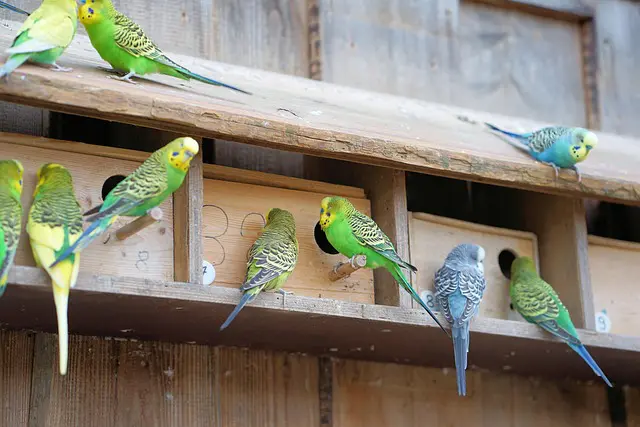
As a budgie parent, it’s a joy to see them fully grown, living their life to the fullest, while also taking on the responsibility of raising their own brood.
Old Age
As budgies age, they enter the senior or elderly stage.
The age at which a budgie is considered old can vary, but it typically starts around 5 to 7 years.
This stage in a budgie’s life is often marked by noticeable changes in their behavior and overall health.
The playful energy and the exuberance of their youth start to slow down during this phase.
You may notice that your budgie is not as active as before, perhaps spending more time resting or napping.
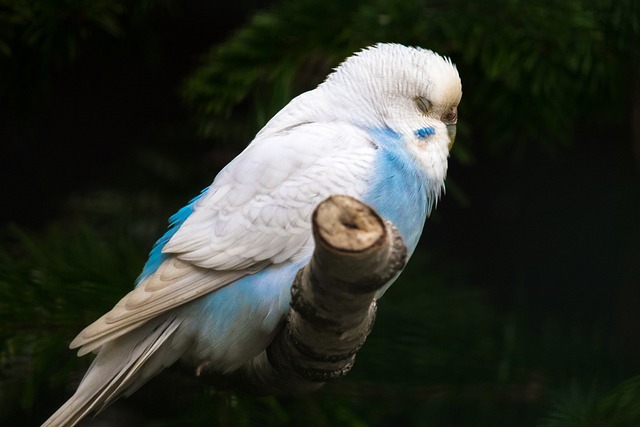
They may not be as quick to fly off their perch, and their feeding habits may also change.
However, old age doesn’t necessarily mean a decrease in the quality of life for these feathered friends.
With the right care and attention, older budgies can still lead comfortable, happy lives.
This can involve providing a balanced diet, regular monitoring of their physical condition, and making necessary adjustments to their environment, such as placing perches at different heights to accommodate their decreasing mobility.
Geriatric Stage
After the old age stage, budgies enter the geriatric stage.
This stage usually begins when budgies are around 8 or 9 years old.
During this time, budgies may experience a decline in their physical health and cognitive abilities.
Reduced mobility, decreased sensory functions, and potential age-related diseases become more prevalent in this stage.
You might notice your budgie having difficulty flying or even moving around their cage.
Their eyesight or hearing might not be as sharp as before.
These changes require extra care, understanding, and patience from you as a budgie owner.
It’s also essential during this time to have regular veterinary check-ups.
An experienced avian vet can help manage any age-related diseases and ensure that your budgie is as comfortable as possible during their golden years.
End of Life
The end of life stage is the final phase in the life cycle of a budgie.
The exact lifespan of a budgie varies, but during this stage, they may show a further decline in their health and vitality.
This stage can be a challenging time for budgie owners, as it requires providing additional support, comfort, and veterinary care.
It’s important to closely monitor your budgie’s health and behavior during this time, as they may require special adjustments to their diet or habitat to manage pain or discomfort.
Despite the challenges, this stage can also be a time of great connection and tenderness between you and your budgie.
It’s a time to treasure the bond you’ve built over the years, providing the best care and love you can offer in your bird’s final days.
Understanding and respecting the end of life stage is part of the commitment we make as bird enthusiasts and budgie owners when we decide to bring these delightful creatures into our lives.
It’s all part of the beautiful, sometimes bittersweet, journey of sharing our lives with these wonderful beings
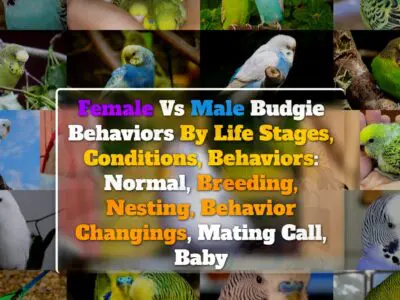
![Budgie chick growth stages & charts [+2 Progressions]](https://www.petiska.com/wp-content/uploads/2022/03/budgie-chick-growth-stages-charts-2-progressions-1648718167-400x300.jpg)
